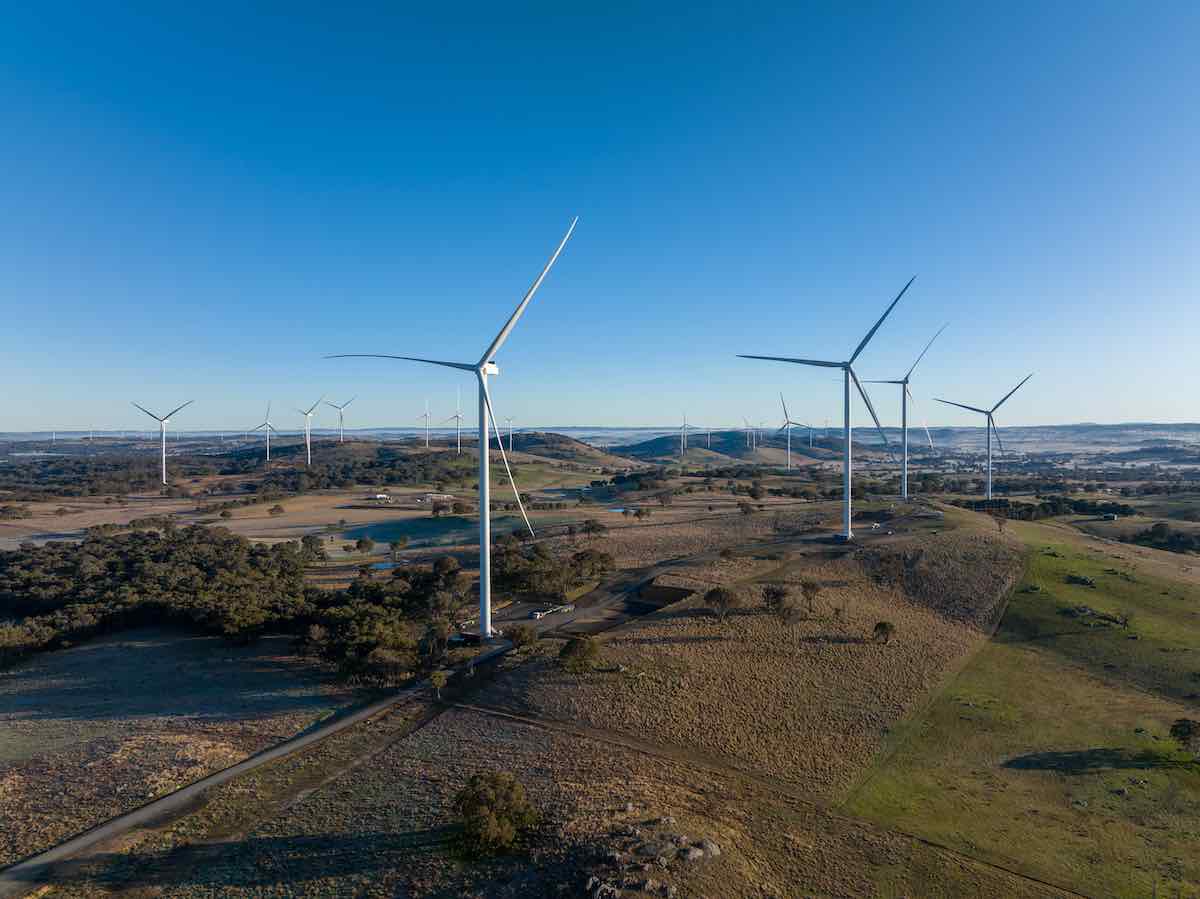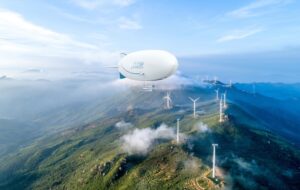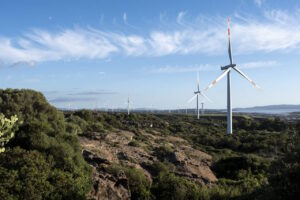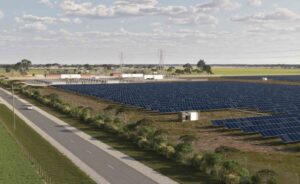The New South Wales wind farm at the centre of targeted attacks by National Party MP Barnaby Joyce and his wife, Vikki Campion, has removed two turbines and relocated another 21, as part of a series of changes proposed to reduce the project’s impacts and boost its benefits.
The up to 730MW Winterbourne wind farm, proposed for construction near the town of Walcha in the NSW New England region, has been in the works for around 20 years.
Originated by a group of local farmers in consultation with a local outfit called Walcha Energy, it is now being developed by majority owner Copenhagen Infrastructure Partners, with fellow Danish giant Vestas leading construction.
In a project update this week, Winterbourne Wind said it has changed the project’s proposed turbine layout, to address issues raised in submissions to the project’s Environmental Impact Statement (EIS) as well as feedback from the community, landholders, local councils and government agencies.
The proposed changes include the removal of two turbines, the addition of one turbine, the relocation of 21 turbine positions (moved more than 100 metres) and the “refinement” of another 52 turbine positions (moved less than 100 metres).
“The Project has been amended to reduce its impacts to biodiversity, visual, noise, traffic, and electromagnetic interference as well as potential cumulative impacts,” the update says. “The Amended Project significantly improves overall project outcomes.”
The developers say the changes to the layout will significantly reduce the potential impacts to the habitats of a number of native animals, including the greater glider, the spotted-tail quoll and the koala. It will also reduce visual impacts on non-associated dwellings.
The amendment report was lodged last week with the NSW Department of Planning, Housing and Infrastructure (DPHI) alongside a 175-page submissions report, which analyses the issues raised in submissions to the EIS and details the actions and mitigations taken in response.
The project attracted nearly 1000 submissions during the public exhibition phase of its state planning approval process in late 2022, more than half of which were in support of its development. But it has also attracted some high profile opponents, namely Joyce and his partner, a News Ltd journalist.
In early 2023, the floridly anti-renewables Joyce attended a meeting hosted by local anti-wind group, Voice for Walcha, where he publicly denounced the wind farm’s Environmental Impact Statement as a “packet of poo tickets.”
Campion, meanwhile, contributed one of the 438 written objection to the wind farm – a lengthy submission that ranged through a list of creative concerns including the potential impact on farm animals.
“Anecdotally, landholders who succeeded in another court case fighting incessant industrial noise in Queensland claimed their animals, including dogs, cattle and sheep, exhibited signs of stress, including reduced lambing and calving due to consistent low-grade industrial noise,” Campion said.
“If this were not a wind farm, this proposal would be laughed out of any planning authority for the literal monumental environmental destruction it will cause.”
A number of submissions in support of the project, including from local landowners whose properties will host some of the project’s turbines, highlight the much needed economic boost the wind farm would provide, alongside alternative incomes for local farmers.
“Over the past 20 to 30 years, below average rainfall has become the norm and drought years have become more frequent and more severe, resulting in more frequent negative business returns, asset deterioration and substantial debt,” says a submission on behalf of Cairnie Grazing Co, a proposed turbine host.
“Rent payments offered by the Winterboure Wind Farm are an ideal form of income diversification and will benefit our bottom line by reducing debt and allowing capital investment in land care type projects such as erosion control, tree planting and regeneration.”
A comment submitted by regional renewables advocacy group, RE-Alliance, notes “the extremely generous size of the community enhancement fund” being proposed as part of the project.
“To our knowledge, this will be the largest community enhancement fund of any renewable energy project in Australia and the proponent is to be commended for this significant contribution to the local community,” the submission says.
“A fund this size is unusual in a town the size of Walcha. It presents a once-in-a-generation opportunity to deliver long-term benefits to critical community infrastructure that serves genuine community needs.”
A local who describes himself as “a grazier who believes in climate change,” says in a submission he feels “very fortunate to have land holders in these ideal wind farm locations that are open to hosting such projects, this gives me faith that there are people who want to be part of the solution.”
Another submission from a host of up to three of the project’s turbines says the extra of income would make his family’s farm “a much more sustainable enterprise, to withstand the greater climate variability.”
“If this project is not allowed to proceed, after such a comprehensive study supporting this wind farm has been completed. My fear is that the renewables for the rest of this state may as well pack up and leave,” the submission says.
For Winterbourne Wind farm, the journey is far from over, with the next steps including a period of public exhibition for the amended project proposal – it’s open to submissions until November 04 – and then preparation of a new submissions report based on the responses the new proposal receives.
After that, the NSW DPHI will make its assessment of the project, which will then be referred to the state’s Independent Planning Commission for determination.
“We expect a determination by mid 2026,” the project update says. “If approved, construction is expected to start in 2027.”
Both the submissions report and amendment report are available on the NSW Major Projects portal, here.










